Finally winter is coming to an end and the race season is rapidly approaching with a sprinkling of early season events already taking place. After months of hard training its exciting to finally get an opportunity to race and test your fitness.
When we are training hard we never really get to see our true fitness as its often hiding under a blanket of fatigue. It can be frustrating to train hard and not really see the progress taking place or feeling like every day is a struggle to get the work done, almost feeling unfit every day when in fact the complete opposite is true. When training for performance the reality is the only time we really see our true fitness and feel fit is race day! This level of fatigue in training is good and drives gains in fitness but when we want to test the fitness we do need to allow this fatigue to lift a little just to get a glimpse of the gains that have been made.
I see a lot of athletes take a full taper into their first events and often have amazing races then performance just trails off through the season as they repeatedly follow this taper process into every event as it worked so well the first time. The reason this happens is a full taper will bring the body to a peak of fitness and then from that point the only way is down, also the peak is related to the period of training banked before the taper, so tapering for every event from this point might mean only 2-3 weeks of training banked compared to maybe the 3-4 months before the first race.
Ideally we should be looking to taper just 1-2 times per year and for other races we simply train straight through using them as a training session or perform a mini taper or more a refresh of the system before the event.
While a full taper might be anywhere from 10 days to 2 weeks long before your big race a mini taper needs to be just 2-3 days long and will not allow full recovery but it will give your body a little rest and give you more fire power for race day without effecting your training progression.
So a mini taper will tend to start around Thursday to Friday of race week given Sunday is your race day. I do like to put one very easy day into this where you may get out for a easy 20min bike session just to keep the body moving but this day is about doing as little as possible. On the other days training should resemble your regular plan in terms of what systems your training but with reduced volume.
THURSDAY
3 full days out from the race is a great time to have a very easy day, looking to do as little as possible on the day or even take a full rest day. I always prefer to take this day to start the mini taper and then train for 2-3 days into the event.
A simple 20min run is enough on this day but its important that you eat as normal on this day – the lack or training and regular eating protocol will lead to some carbo loading effect for race day.
FRIDAY
Friday i like to have fairly similar to your regular training day in terms of structure but maybe take a little of the volume out of the overall program. Lets say on this day you normally have a morning swim and evening ride, we want to hit both sessions and make sure that the same stimulus from the session is hit but without the same fatigue, below are examples of how we can do this
Regular swim main set – 16x100m hard on 2minutes with last 8 repeats using paddles
Adapted Main set – 16x50m hard on 60s – last 8 repeat with paddles
So we are swimming the same speed so the body does not miss out on the speed stimulus but the interval is only half of normal so we are not going to be producing the same levels of fatigue.
The same idea can be applied to any session, below if an example of a bike session
Regular bike set – 8x40s all out sprints with 3minutes easy recovery between
Adapted bike set – 8min @ 20s all out / 40s rest
This main set is much shorter but the 20s all out efforts will see the legs still get the speed and power stimulus but not the same amount of damage that would occur in a 40s sprint – also the short recoveries between sprints stop the athlete being able to push too hard on the 20s sprints to lead to muscle damage.
SATURDAY
In a mini taper i like to use the day before the race for some easy aerobic volume, the volume here is very individual and depends on your regular training volume and also i find female athletes perform very well of more volume on the day before a race when compared with male athletes.
For example a female athlete who regularly trains 16 hours a week might do an easy 4 hour ride on this day, time in the saddle being the focus not distance as i like this ride to be very easy so speed is going to be low. If we look at a female athlete training 12 hours per week then this ride would be maximum 3 hour long so staying at 25% of the weekly volume.
For male athletes this bike session would be a lot shorter topping out at 90min for athletes typically training up to 16 hours a week and looking towards 2.5-3hours for athletes training over this amount per week.
SUNDAY – RACE DAY
Race day should be treated as any race day, so aim to be awake at least 3 hours before your race start time in order to fully wake your body up before the start. Starting your day with a easy 10min jog before breakfast is a great way to accelerate this process and make sure your ready to go when the race starts.
MONDAY – Back to work
Once race day is done then its time to get back to training, yes you will be carrying some fatigue from the race but in general race day is less volume and easier than a training day on your body so you should be fine to jump straight back to your regular program. A well structured program should see Monday as a recovery day from a weekend of longer endurance work so this is not different and you should be all systems go by the time harder work commences on the Tuesday.
A mini taper is a great way to allow you a glimpse of your true fitness without compromising your training and progression towards your big races of the year. This is also a great way to boost confidence as you head into another block of hard training which will no doubt once again lead to performance levels hiding under that blanket of fatigue.
Enjoy your training
Alun Woodward
–
Train with ironguides!
Personalized Online Coaching: Starting at USD190/month
Monthly Training plans (for all levels, or focused on one discipline): Only USD39/months
Event based training plans:
Sprint Distance (USD45 for 8-week plan)
Olympic Distance (USD65 for 12 week plan)
Half Ironman (R$95 for 16-week plan)
Ironman (USD145 for 20-week plan)
X-Terra (USD65 for 12-week plan)
Running Plans (10k, 21k and 42k – starting at USD40)

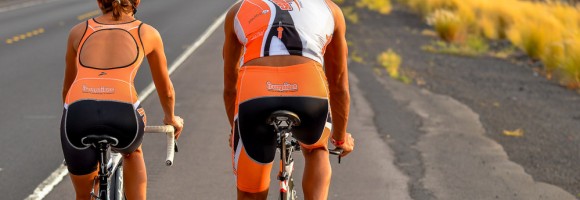

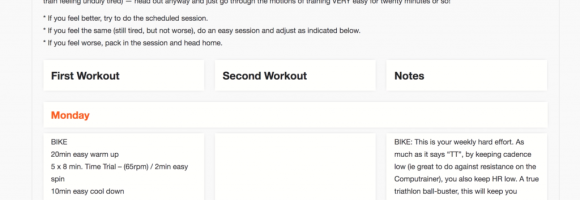
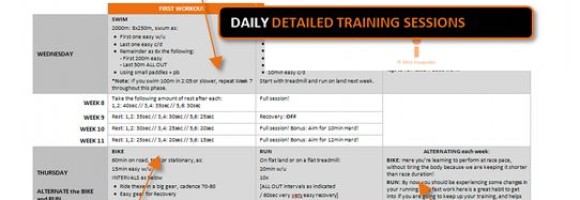
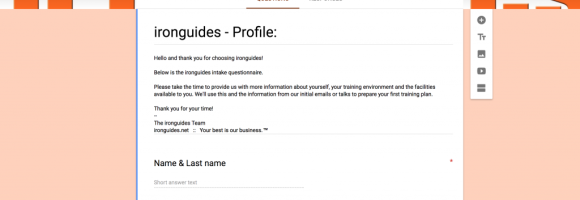
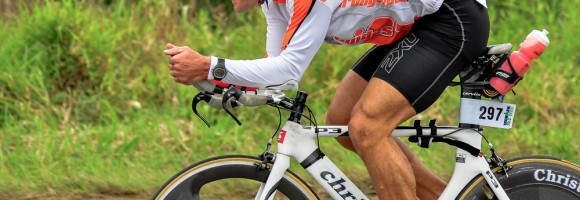
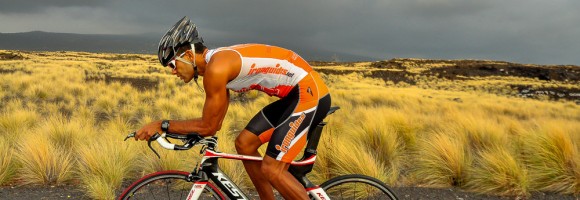
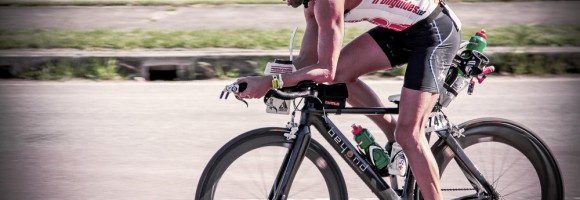


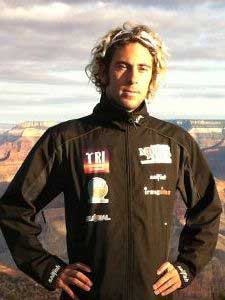 Alun ‘Woody’ Woodward, Certified ironguides Coach – UK/Hungary
Alun ‘Woody’ Woodward, Certified ironguides Coach – UK/Hungary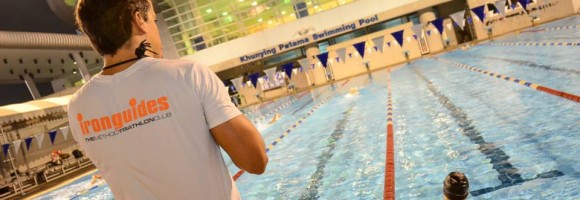
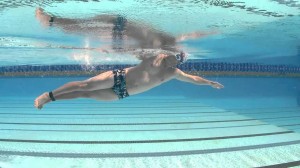
Recent Comments